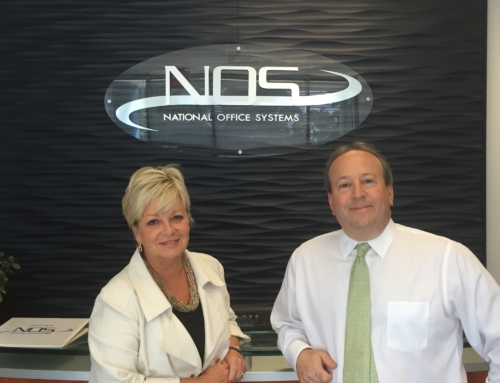Special for the IES by Ryan Tollefsen, founder and team leader of Unity Home Group.
“No.”
It is such a short sentence, and yet it is so full of subtext. In sales, people have to get used to hearing the word pretty early on. Those who struggle to accept it when it is given straight may have a harder time getting around it. In a lot of instances, clients will decline a product or service when they might be all for it in different circumstances.
 There are a lot of things that no can mean. A salesperson’s job is to translate this and analyze how they may be able to turn it to their favor.
There are a lot of things that no can mean. A salesperson’s job is to translate this and analyze how they may be able to turn it to their favor.
As someone who has plenty of experience as both the client and salesperson given my role in the real estate world, here are some of the most common translations of “No” and how they might be handled.
“I don’t have time to decide right now.”
If I looked up “American worker” in the dictionary, I would find someone who is stressed, overworked, and often underpaid. This person does not have a lot of extra time to
ponder decisions on expenses. This is especially true when a client is already questioning the value of the salesperson’s proposition. If a client says that they cannot make a decision at this time, ask them for another opportunity that works better.
Giving them breathing room might also grant them the space to consider the offer, fo
rmulate questions to ask, and come to a firmer decision. It’s also possible to avoid this situation entirely by learning a client’s schedule (both in general and specifically for that week or month) and strategically planning communication around potential busy periods.
“Not enough info to make an informed decision.”
Communication has to involve at least two people: one to make the message, and one to receive it. When a salesperson has spent a lot of effort trying to educate a client about their product or service, it can feel like a slap to the face to be told that the buyer does not have enough information to make a selection.
In sales, this moment is commonly referred to as knowing your audience. People who can figure out how a client wants to learn about the service, which aspects they do not understand, and the format most likely to answer their questions will have a better chance of landing the sale.
“No money in the budget for this expense.”
People who work with annual, quarterly, or monthly budgets likely have a set time where they plan out the budget for the period. This is the best time to touch bases with them and make sure that they remember the contact and the services available. For the most part, this is achieved by getting to know a client and their business.
People generally have to work within a specific budget and once it’s used, it’s used. A salesperson who shows up when the money has already been allocated down to the dollar is likely going to come up short.
When I end up in this situation, I prefer vendors to ask about future opportunities. If a vendor can communicate how something may bring value 6 months or a year down the line, it shows their understanding of what I’m trying to do. Then, they can maintain periodic communication while understanding my timelines. While there are certainly cases in which some service or product might fulfill such a great need that it causes a client to shuffle around the budget at the last minute, this should not be the expectation.
“It’s not a good fit.”
Sometimes, there is simply no way for salesperson and prospective customer to find middle ground. It’s certainly a tricky situation, as the rest of this piece is suggesting how to keep the conversation going after an objection. When I encounter this, I see it as an opportunity for a vendor or salesperson to show their personability. I want them to demonstrate respect for my reasoning and the needs of my business.
A salesperson who has a hard time taking a firm “No” for an answer can alienate a client who might have gone for the service another time. In some cases, a flat rejection is just temporary. By ending the transaction gently, they can keep the door open in case the client changes their decision.
“You haven’t sold me on the value of this.”
All too frequently, vendors start talking to a potential customer about a necessary product or service, but come at it from the wrong angle. Everyone has at least one or two pain points in their workflow that could be pretty easy to solve, but the salesperson has to know what they are, and sometimes they need to let the client know what they are.
Some clients focus all their value judgments on budget. A sales pitch emphasizing efficiency might fall flat with them. Others have a strong budget, but have little time. Propositions that prioritize cost may not reach them as well. Being flexible in using different sales angles and communication styles could more clearly prove the value to the consumer.
The entire process of sales relies on a conversation. One-sided conversations are rarely effective or enjoyable for anyone. Salespeople who can step up the pace, or slide easily into the background when needed, will maintain positive client relationships. Being able to understand where objections are coming from is a big step in the right direction.
Reach Ryan via email at ryan.tollefsen.kw@gmail.com.






